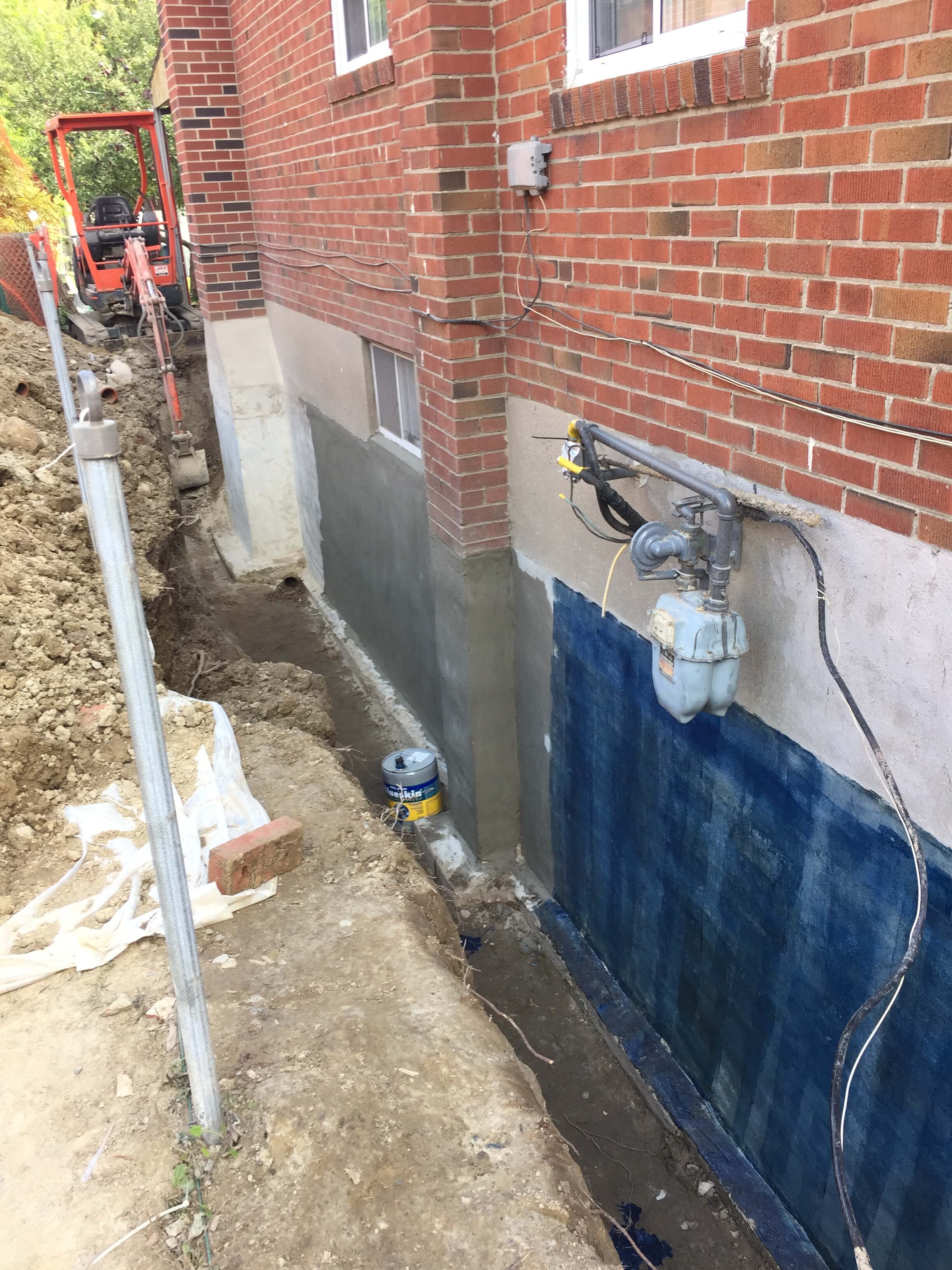Water-proofing is a key aspect of ensuring the integrity of any home or building. Despite its importance, many misconceptions surround this vital practice, resulting in misunderstandings about its need and effectiveness. As a homeowner or property manager, it's vital to separate fact from myth to ensure that your investment is protected from water damage. Ignoring waterproofing can lead to significant financial losses and compromise the safety and comfort of your living or working space.
In this article, we will dispel common waterproofing myths and provide you with the information you need to make knowledgeable decisions for your property. From understanding why waterproofing is necessary to exploring the various techniques available, we will discuss everything you should know to keep your home safe and dry. Get ready to find out how proper waterproofing can save you a lot in repairs and extend the lifespan of your property.
Significance of Waterproof Solutions

The waterproofing process is a key aspect of preserving the soundness and longevity of every residential property or construction. It protects buildings from water damage, which can lead to costly repairs and a decline in property value. By adopting efficient waterproofing strategies, homeowners and builders can prevent moisture intrusion that often results in fungal growth, wood deterioration, and foundation weakening. This proactive approach not just safeguards the physical structure but also supports a safer living environment.
Ignoring waterproofing can result in significant financial consequences. Moisture issues is one of the leading causes of insurance claims, and the costs associated with remediation can quickly increase. From addressing leaks to replacing damaged flooring and wall structures, the costs can be overwhelming. Investing in waterproofing solutions ahead of time is a smart strategy to save significant amounts in potential repairs, ultimately preserving the worth of the financial commitment in your property.
In addition, waterproofing is important for energy conservation in buildings. When water breaches the structure, it can lead to elevated moistness and variations in temperature, causing climate control systems to become overworked. Properly waterproofed spaces provide consistent temperatures, which can reduce energy bills and enhance overall comfort. This feature of waterproofing not only enhances the building's performance but also promotes green initiatives by cutting down power consumption.
Common Waterproofing Myths
One widespread misconception about waterproofing is that it is only required for houses in flood-risk areas. Many homeowners believe that if their house is away from a designated flood zone, they can forgo waterproofing measures. However, water damage can occur in any location due to intense rains, plumbing failures, or shifts in the topography. Ignoring waterproofing heightens the risk of mildew, structural damage, and financially burdensome repairs, making it necessary for every home and building, no matter its site.
Another belief is that the waterproofing process is a single fix. Many homeowners think that once they have used waterproofing materials, their house will be safe from water damage indefinitely. This is far from the truth, as waterproofing systems can break down over time due to wear and tear, exposure to severe conditions, and other environmental factors. Routine inspections and maintenance are essential to ensure the performance of waterproofing measures and to fix any potential issues before they escalate.
Lastly, there’s a belief that DIY waterproofing is just as good as hiring a contractor. While there are a variety of products available for individuals to deal with waterproofing on their own initiative, the truth is that getting the best results often requires specialized knowledge and skill. Certified waterproofing contractors are equipped with advanced techniques and materials that can provide a higher level of protection and longevity, ultimately saving property owners time, effort, and money in the future.
Functional Waterproofing Solutions Techniques
In terms of efficient waterproofing, a set of strategies adapted to your property’s particular needs is important. Indoor waterproofing methods, such as installing drainage systems and using sealants on foundation walls, can effectively handle moisture that penetrates in from the outside. This is notably important for basements, where higher humidity can lead to mold and structural damage. Utilizing sump pumps can also aid to channel water away from foundations in areas prone to flooding.
Outdoor waterproofing, on the contrary, aims at preventing water from getting into your building at all. get more could entail grading your landscape to provide proper drainage, installing waterproof membranes on foundational walls, and ensuring that gutters and downspouts are adequately directing rainwater away from your home. These proactive measures are imperative in shielding your property from water damage and sustaining its structural integrity.
For outdoor spaces, consider waterproofing your deck or patio with top-notch coatings that can tolerate moisture. Opting for waterproofing solutions for balconies, terraces, and even swimming pools assists to prevent costly repairs in the future. Picking the right products for these areas, alongside correct installation, optimizes their lifespan and functionality, ensuring that your investments remain protected from the elements.
